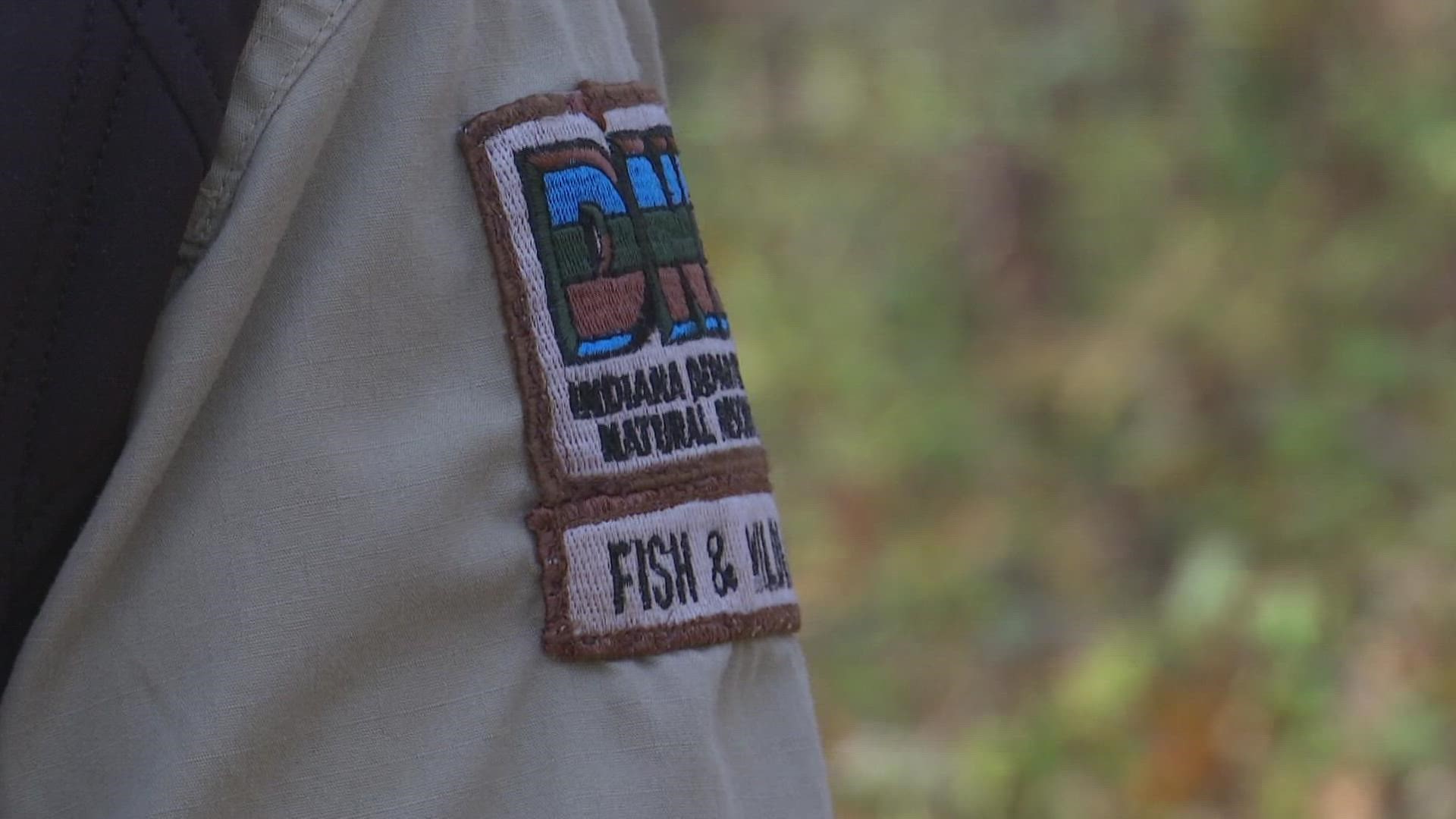INDIANAPOLIS — Hoosier deer hunters will take to the woods Saturday, Nov. 12 for the start of firearm season.
There is some good news from the Indiana Department of Natural Resources when it comes to the available harvest this season.
Typically, every Indiana county sees yearly reports of epizootic hemorrhagic disease, also known as EHD.
This year, however, reports show some Indiana counties fared better than others.
"Our reporting actually comes from the public," said Joe Caudell, state deer biologist for Indiana DNR. "They can go online, and they can report what they are observing in a sick or dead deer. This is the data we actually use to understand EHD around the state."
During the summer and fall of 2022, Caudell said the state saw more than 1,000 reported cases of EHD. He says one third of those cases came from Franklin County in southeast Indiana.
Caudell said reported cases of EHD are normal and natural. However, any given county could have five to 20 cases — but more than 300 cases is not normal.
"We will keep the allowable harvest in those counties a bit lower than normal over the next couple of years to help offset the effects of EHD from this year," Caudell said.
In central Indiana, Caudell said no major outbreaks have been reported. He doesn't expect much of a difference in the available harvest for hunters this season.
As of Nov. 11, here is a breakdown of some of the highest reported cases in central Indiana counties:
- Wayne County - 112 reported cases
- Henry County - 52 reported cases
- Rush County - 51 reported cases
- Decatur County - 19 reported cases
- Lawrence County - 17 reported cases
- Morgan County - 10 reported cases
Just because a case is reported, however, Caudell said testing is needed to confirm a case of EHD.
"What we can do is we go in and look at how many deer we think are being effected," Caudell said, "because we know the number of reports we are getting is not the number of deer dying in the landscape. That's just the number of deer that people are seeing."
Reports of EHD can be submitted through the DNR's website.
Caudell said Hoosiers should look for the following symptoms in deer:
- Loss of fear of humans
- Walking in circles
- Disorientation or confusion
- Swelling around the head and neck
- Dehydration and weakness
He recommends if you see something, say something.
Caudell said once reports are submitted, test samples are collected from deer and then sent to the University of Georgia's Southeastern Cooperative Wildlife Disease Study to determine if the deer is positive for EHD.
At this point in the season, the EHD infection season has passed.
"The disease actually ends when we have our first major frost," Caudell said, since EHD is transmitted by midges that often live in the mud.
"The midge can bite a deer that has EHD and give it to another deer," Caudell said. "That's kind of how it gets transmitted around."
Caudell said large outbreaks typically only happen every five or seven years in a particular area. He said the disease can affect both does and bucks equally.

